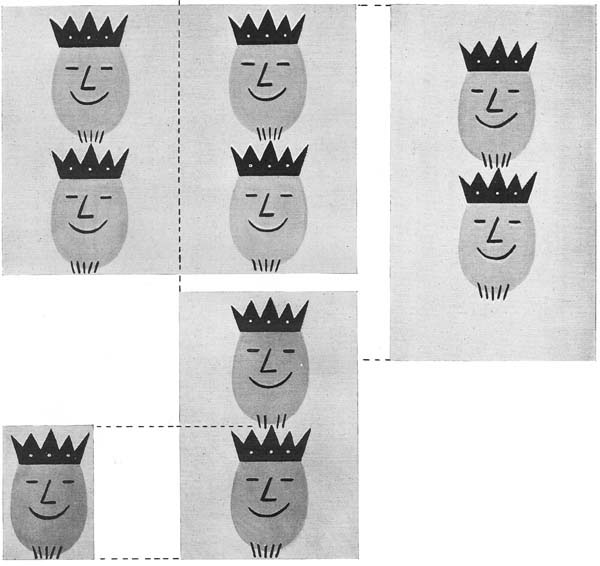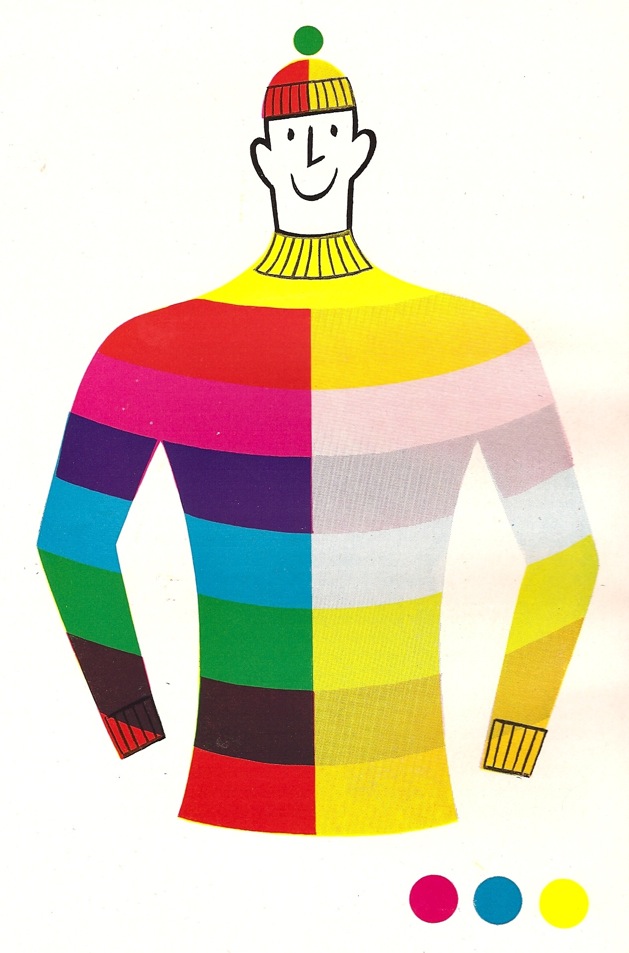I got told off the other day for being poncey, because I described the Post office ‘Properly Packed Parcels Please’ posters as Quad Crowns. Now this is close to being a fair point, but at the same time I think the proper names for poster sizes are lovely things and should be used more.
So, in the spirit of inclusivity and fairness, here is a brief guide to the commonest poster sizes. Then I can keep being poncey when I talk about posters, and everyone will know what on earth I mean. And there’s the added benefit that the title of this blog, and my posting name, may make a bit more sense if you’ve just stumbled here at random.
Our tutor for this lesson will be Tom Eckersley OBE (courtesy of his 1954 book on Poster Design).
The most general proportions of poster sites in Britain are illustrated here:
Extreme lower left: Crown (15 x 20 inches)
Lower left: Double Crown (30 x 20 inches)
Top left: Quad Crown (30 x 40 inches)
Right: Double Royal (40 x 25 inches)
Most of the advertising, GPO posters, film advertising, public information posters and so on were made in the left hand sizes and their variants. They also went bigger – many advertising posters were a 60″ x 40″ single sheet. (We accidentally bought one on eBay once. It’s big. Very big.)
Mr Eckersley has also left out the half size Crown Folio, which I love so much that I have not only taken as my name but will blog about properly one day. This seems to have been the default size for display advertising in Post Offices, and so you find National Savings posters this size, as well as the GPO’s own.
Meanwhile, on the right, the Double Royal (and its bigger sibling, the 40″ x 50″ Quad Royal) were mainly used by the railways and London Transport. I believe that LT posters are still Double Royal these days, although I haven’t actually ventured onto the tube with a measuring tape to verify this. So pretty much any railway or LT poster will be one of these sizes.
Eckersley also mentions two other poster sizes which don’t fit these proportions. One is the London bus poster (as seen for sale elsewhere), which is 10″ x 13″.
And the other is a “long van strip poster”. I’ve only really mentioned this so that I can include a colour version of the poster he uses as illustration (with thanks to the BPMA once again).
It’s by Lewitt Him, from 1940 and I want it. But I’ve never ever seen one of these van posters for sale – they were presumably just chucked out when they went out of date. Unless anyone happens to have one that they might want to get rid of…
And a final word from Mr Eckersley. This is how he illustrates lithographic colour printing. It could have been a poster in its own right.




I’m surprised Tom Eckersley gives the London Bus poster size as 10 x 13″. In my experience they are 10 x 12.5″ (i.e. a quarter the size of a Quad Royal)
Yes, completely obvious now you mention it, but I’ve never thought of it that way before!
I’ve just found my copy of this Tom Eckersley book from 1954. It’s what made me want to go into advertising. (I found it in the school art dept in the late 70’s and it had never been opened). I read it and re read it then forgot to return it….. Do you own a hard copy too?
Yes we do – hence some of the scans! We seem to have bought a few design books (which I have no recollection of actually acquiring) just before they got expensive on eBay, which was a stroke of luck.
Thanks for the history lesson, I work as a print and design manager for one of the train operating companies, and until I started the job, had never heard of the double royal. We are still using them to this day, along with all the other TOC’s. I can see this carrying on as long as paper posters are being used, as replacing our frames would cost a small fortune. Plus all the operators would have to agree on a me standard size!
I do like this kind of continuity…
I can confirm the London Underground poster size is Double Royal.
If anybody is still active on this forum, can you please email me to help with my University paper? No matter how much research I put in I can’t find the specific technique Eckersley employs in his posters? My hunch is screen printing but I am no means an expert.